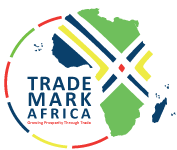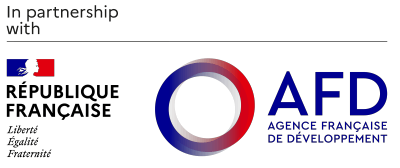The thefts were well planned; wait for the truck to get to a hill, open the doors and steal merchandise. However, the thieves did not know that the trucks were being monitored. No sooner had they tampered with the electronic seals than messages were sent to the central monitoring center (CMC) in Nakawa, Kampala. The incidents, according to Customs officer, Dunstan Luwaga, occurred last Wednesday and Thursday night. [caption id="attachment_3494" align="alignleft" width="624"] Kambali Kilondelo, a truck driver talks to the press at Nakawa[/caption] Whilst on duty, an officer in the CMC Wednesday night received an alert from a truck travelling on the Gulu highway, according to Luwaga. The driver, he said, was told to stop to ascertain what had happened. “When I walked to the back, the padlock was broken and the seal had been tampered with,” John Muteba the driver of the vehicle carrying merchandise stated. “I am so glad that the Electronic Cargo Tracking System (ECTS) helped me save the cargo. I would probably be in jail now.” He was headed to South Sudan. And on Thursday night, a similar incident happened between Matugga and Bombo on the same highway. Driving sugar to South Sudan, Kambali Kilondelo’s truck was vandalized. [caption id="attachment_3495" align="alignleft" width="393"] John Muteba and his colleague stand outside their vehicle[/caption] Like Muteba, he was notified and he stopped. He walked to the back of the truck to the sight of 15 bags of sugar scattered on the road. The sugar, which had been grabbed...
ECTS FOILS THEFT OF SOUTH SUDAN BOUND CARGO
Posted on: September 12, 2014
Posted on: September 12, 2014
























